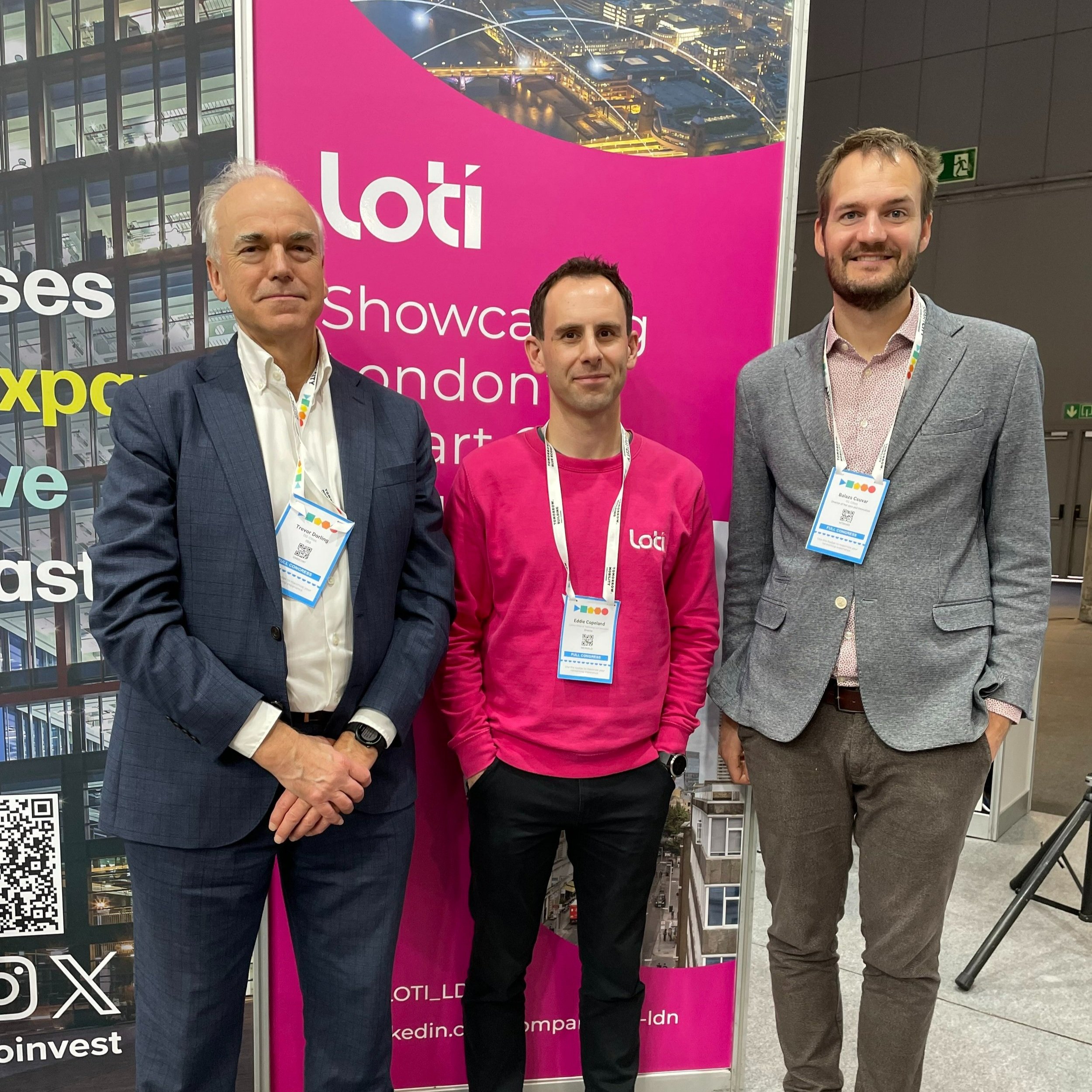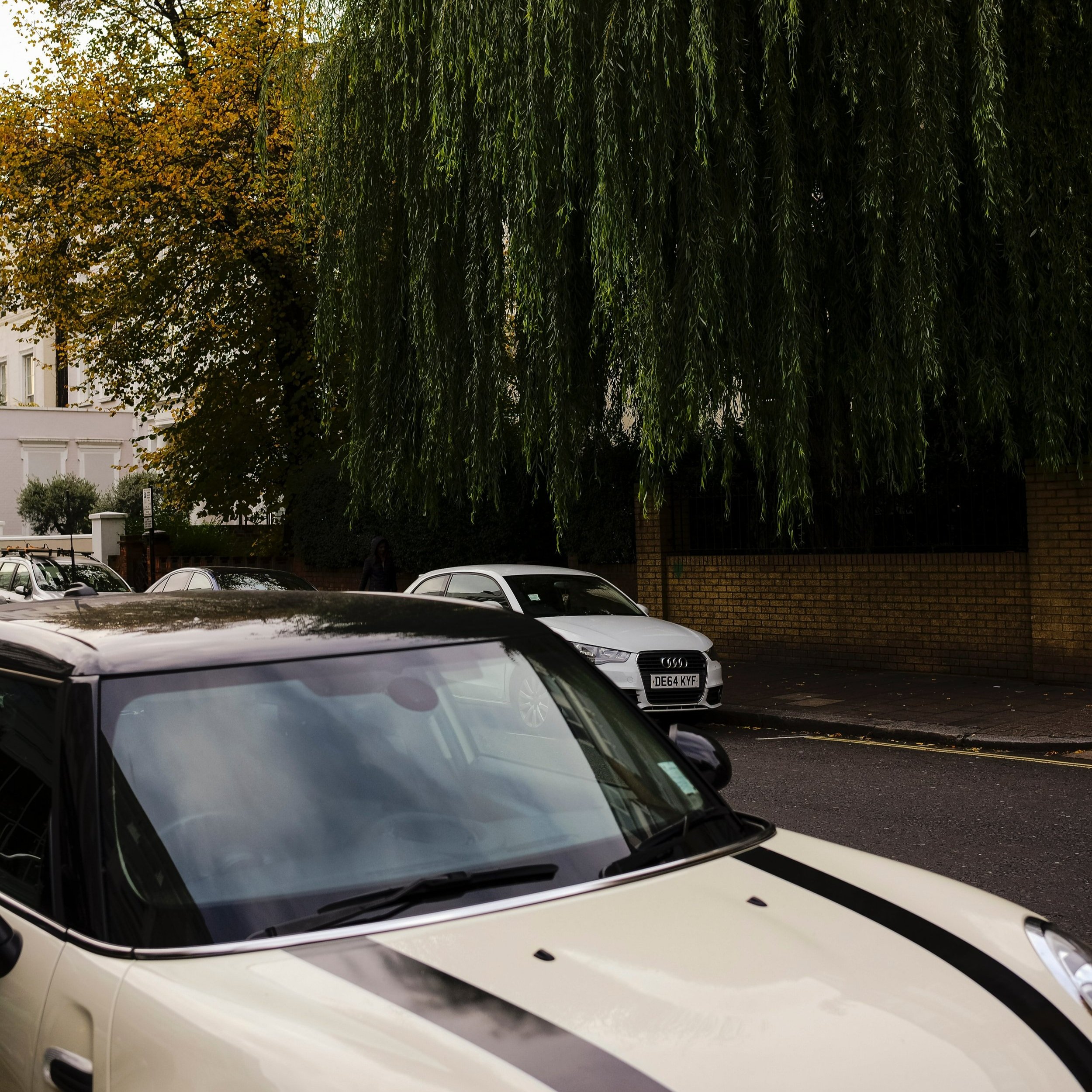As the government publishes DG Cities’ research report with UCL, ‘Defining and identifying complex-to-decarbonise homes’, Head of Research, Ed Houghton explains the importance of a definition in addressing the multifaceted challenge of decarbonisation - and the value of an index rather than binary approach to understanding this complexity.
The UK is committed to achieving net zero carbon emissions by 2050. According to the UK Climate Change Committee, over a third (37%) of Britain’s annual greenhouse gas emissions come from building energy and heat. If the goal is to be achieved, housing, and in particular social housing, must be decarbonised.
However, decarbonising such diverse social housing stock is no easy feat. The UK has some of the oldest and least energy efficient housing in Europe. Across the social housing sector, many tenants suffer from poor insulation and inefficient heating systems. Some are prone to draughts and damp, creating uncomfortable and unhealthy living conditions. Many aging social housing blocks are expensive to heat and contribute significantly to carbon emissions.
Social housing providers, such as local authorities and housing associations, face many challenges to decarbonising stock, and understanding which barriers to tackle and when requires consideration and planning. UK social housing is hugely diverse – and the approaches required must fit the needs of the property, whether that’s a post-war tower block in a London housing estate, or a listed Georgian terrace of converted flats – understanding the attributes and characteristics of the property and its context is key.
Complex-to-decarbonise homes: the value of applying a systems lens
The diversity and technical complexity of housing in this country means that there is no one-size-fits-all solution to decarbonisation, particularly where there are numerous barriers compounding issues. Instead, those looking to retrofit and decarbonise heating should seek to understand the barriers and opportunities with a property to design a solution.
This is where a better understanding of the concept of ‘complex-to-decarbonise’ (CTD) can help. CTD refers to “homes with either one, or a combination of, certain physical, locational, occupant demographic, or behavioural attributes that prevent the effective decarbonisation of that home until they are addressed. These attributes might constrain the design and delivery of measures to improve energy efficiency, decarbonise heating, or realise occupant benefits (e.g. increased comfort and affordability of heat and energy).”
By defining the specific attributes and factors that describe the property, it is easier to understand the best way forward – and for the most challenging properties, this can be hugely beneficial. Take, for example, a CTD block of flats built in the 1960s with electric heating and cavity walls, as described in our case study for our DESNZ study. These properties were challenging to fit external cladding, requiring skilled teams to abseil and install insulation – what’s more, the variability of cavity insulation across the property created a real challenge. This property required detailed consideration, which made it particularly complex when it came to standard decarbonisation.
The definition of CTD can be applied to any situation in which a property is to be retrofitted and its heat source made more carbon efficient. Essentially, rather than binary, our work positions CTD as an index. The value of this approach is that it provides a spectrum on which any property can sit – some being less complex to decarbonise (e.g. requiring simple insulation retrofit) while others require improvements in multiple ways. The method also means that the user can weight the attributes according to their perceived importance – for example, weighting a social factor, such as vulnerable occupants, highly to make sure this factor is taken into account in the retrofit selection and delivery, rather than looking at the fabric of the building in isolation.
A step towards greater impact
Decarbonising the UK's housing stock is a huge challenge, but it is critical to meet our environmental aims. It will require a collective effort from the government, industry, and homeowners, and a focus on tackling those most complex in the CTD scale.
We believe this new approach can radically shift decarbonisation towards a more holistic appreciation of the system in which these activities happen. By understanding the socio-economic and environmental factors, we believe that more sustainable and higher impact approaches can be brought to the market, and utilised to create healthier, more sustainable and liveable conditions, particularly for social housing tenants.
Summary report
Understanding the value of a CTD index for local authorities





































